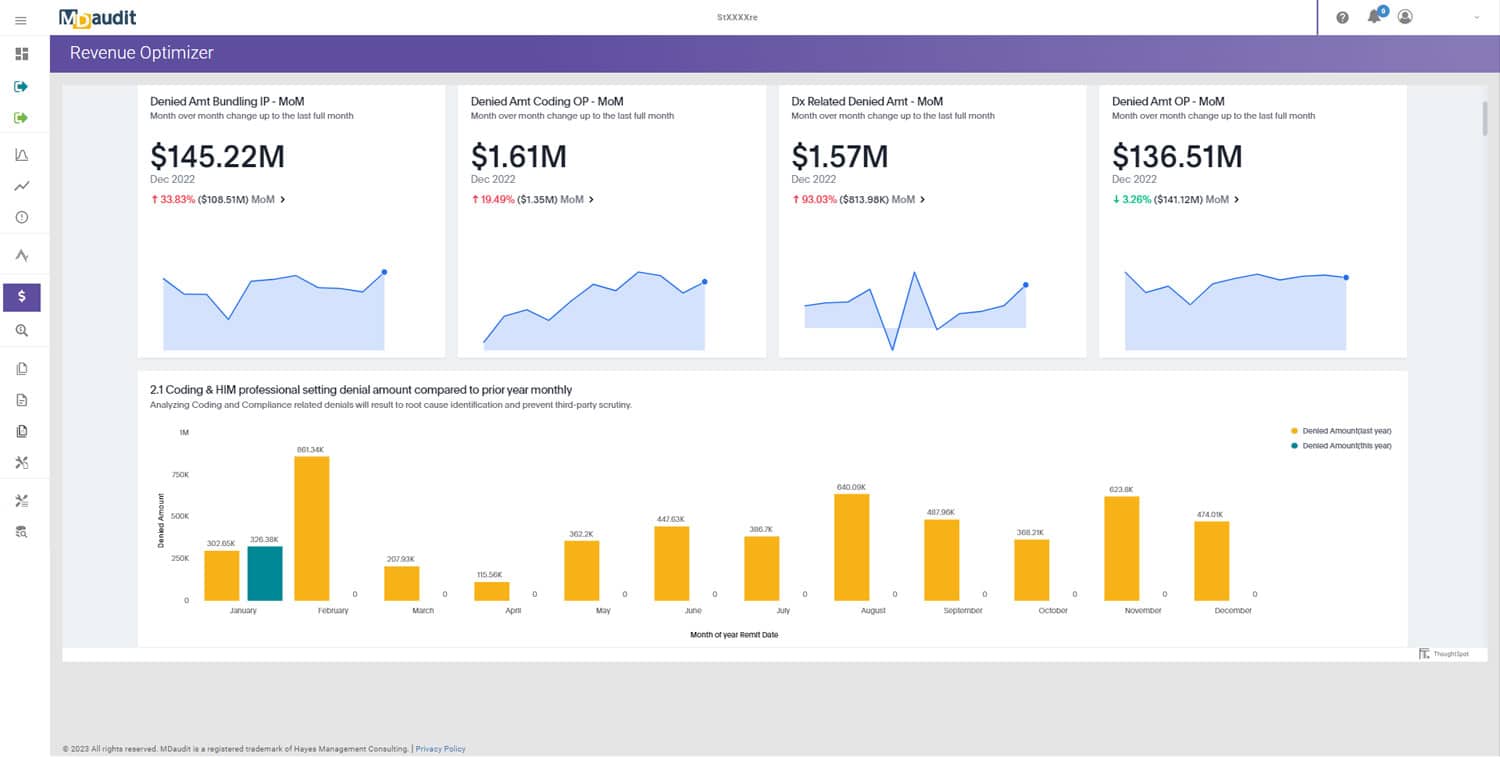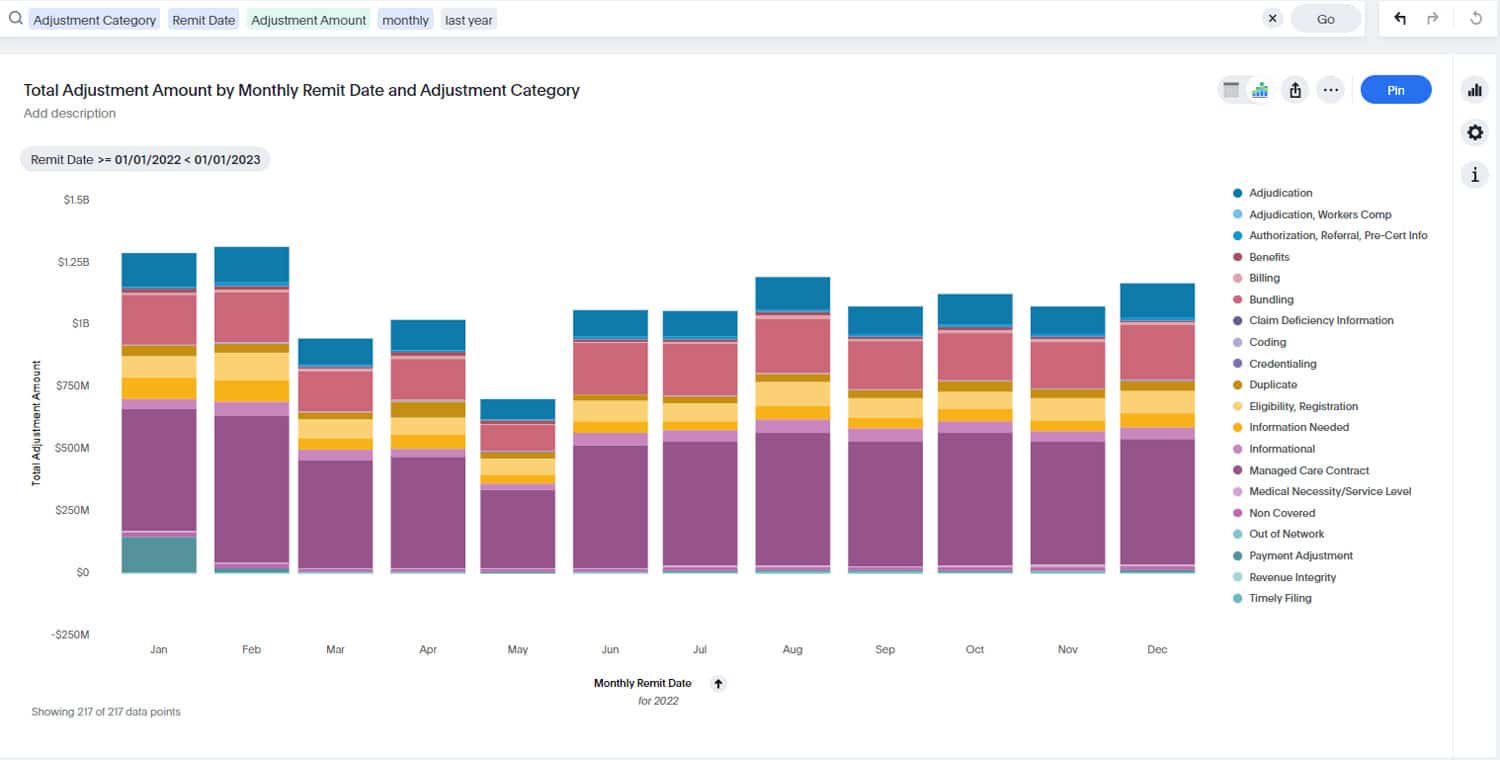Healthcare finance leaders are navigating a rising wave of regulatory scrutiny, including pressure from CMS and the Office of Inspector General (OIG), all while striving to capture maximum revenue. Legacy auditing methods—manual spreadsheets, periodic reviews, and siloed workflows—simply don’t keep up. Modern healthcare compliance monitoring software delivers continuous intelligence, streamlined workflows, and better financial outcomes.
Here’s how compliance software compares to legacy methods—and why MDaudit’s unified platform is the smart choice for 2025 and beyond.
Legacy Auditing: Real Challenges, Real Limitations
Traditional audit workflows are reactive, limited in scope, and resource-heavy. They typically involve:
-
Reviewing only a small percentage of claims, missing issues in unchecked areas.
-
Having significant lag between claim submission and audit findings, delaying corrective action.
-
Entailing extensive team time gathering chart documentation and manually tracking results.
-
Keeping audit, compliance, coding, and revenue teams disconnected—hindering holistic oversight.
These limitations hinder compliance and allow revenue loss and compliance risk to persist unnoticed.
Strengths of Compliance Monitoring Software
Modern platforms bring a proactive edge to auditing through:
-
Continuous, risk-based monitoring that flags compliance issues as they occur.
-
Automated workflows for audit initiation, execution, results tracking, and remediation.
-
Real-time dashboards that surface insights on denials, billing risks, and compliance trends.
-
Closed-loop systems that tie audit outcomes to revenue data, educator feedback, and payer compliance.
Why MDaudit Stands Out: Unified, Intelligent, Effective
MDaudit delivers an integrated suite of tools designed to simplify compliance and strengthen financial controls:
-
The Internal Audit Workflows module enables automated audit selection, assignment, and tracking. Finance teams gain transparency and consistency in compliance workflows. mdaudit.com
-
Billing Risk Analytics continuously scans billing data, highlighting outliers and deviations that warrant review.
-
The Revenue Integrity Suite closes the loop between audit findings, denial trends, and revenue optimization—turning insights into action.
-
With Payer Audit Management, teams can efficiently respond to external audit requests by consolidating documentation and automating communications.
-
AI-driven dashboards and alerts surface areas of concern before they escalate—empowering finance leaders to preempt risks and seize opportunities.
Legacy vs. Software: Side-by-Side Comparison
| Criteria | Legacy Auditing | MDaudit Compliance Platform |
|---|---|---|
| Audit Coverage | Limited & periodic | Continuous & risk-focused |
| Admin Load | High manual effort | Automated workflow efficiencies |
| Visibility | Delayed insights | Real-time dashboards |
| Remediation | Slow, reactive | Immediate, actionable |
| Revenue & Compliance Impact | Fragmented or delayed | Integrated and measurable |
A Practical Adoption Strategy for Finance Leaders
-
Conduct a Baseline Review
Identify current audit gaps, denial metrics, and compliance exposure. -
Pilot a Key Module
Deploy Internal Audit Workflows in a high-risk area—e.g., RADV or emergency claims. -
Measure Impact
Track improved audit coverage, reduced turnaround time, and decreased denials. -
Scale Across Departments
Add Billing Risk Analytics and Revenue Integrity Suite to extend monitoring. -
Use Data to Drive Discussions
Leverage dashboards in board meetings to showcase savings and risk reduction.
Conclusion
Legacy auditing methods cannot meet the demands of today’s healthcare landscape. Finance leaders need healthcare compliance monitoring software to proactively detect issues, streamline workflows, and protect revenue. MDaudit’s unified platform brings audit automation, risk intelligence, denial management, and compliance resilience into one integrated solution. It’s the platform built for modern healthcare finance—and your best choice going forward.
Let me know if you’d like this in a formatted template or integrated into your content management system.










